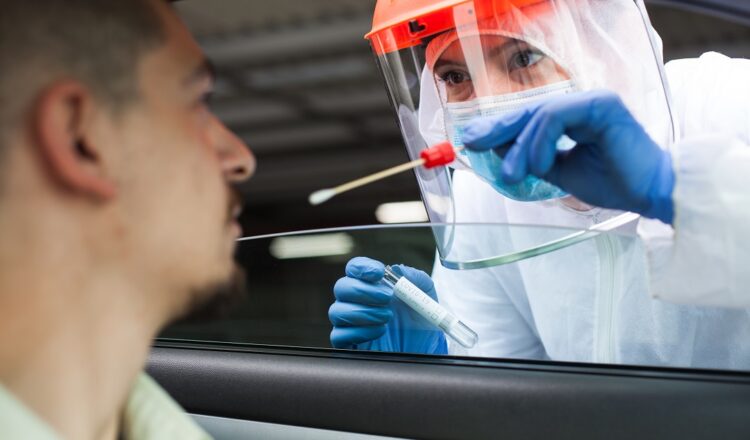What if you have a positive PCR test or have been within 6 ft of someone who has? Should you be forced into quarantine?
If you are spreading a deadly virus around every time you speak or breathe, you are a threat to public health. But if a swab has simply retrieved some fragments of a long-dead virus from deep within your nose, you are no more infectious than anyone else.
The New York Times of Aug 29noted that results from the PCR (polymerase chain reaction) test rarely included information on how many times the possible genetic material had to be amplified in order to detect it. Some set the threshold at 40, sensitive enough to detect fragments, “leftovers from infection that pose no particular risk—akin to finding a hair in a room long after a person has left.”
Dr. Michael Mina, an epidemiologist at the Harvard T.H. Chan School of Public Health, said he would set the threshold at 30. Then there would have to be up to 1,000 times more genetic material in a patient’s sample than that of the current standard for the test to return a positive result.
A review by the Times found that “in three sets of testing data that include cycle thresholds, compiled by officials in Massachusetts, New York and Nevada, up to 90 percent of people testing positive carried barely any virus [emphasis added].”
According to the Centers for Disease Control and Prevention (CDC), it is extremely difficult to detect any live virus in a sample above a threshold of 33 cycles. But officials at some state labs said the CDC had not asked them to note threshold values or to share them with contact-tracing organizations.
Many experts were “stunned” to learn of these high rates of what should be considered false positives—results that came from traces of virus either dead or too minute to cause infection.
About $13 billion has been spent on these tests, and the results have caused untold anxiety and disruption. Temple University cancelled classes for 40,000 students because of 103 “positive” tests. Some 800,000 tests are being done every day, and every positive test is called a “case.” This is fueling the panic, which continues, even as the death rate continues to fall.
The crisis will never end if we are waiting for zero positive tests. Everyone has probably had a cold caused by a coronavirus and will likely have a few viral fragments matching those of the cousin SARS-CoV-2 virus. Testing frequency in a country has no correlation with success in disease control.
Yet people who have possible coronavirus symptoms or face a high risk of exposure are still denied prophylactic treatment with hydroxychloroquine, despite evidence of effectiveness in some studies. Pre- or post-exposure prophylaxis (PrEP or PEP), which is heavily promoted for HIV, often based on PCR testing, is discouraged or forbidden for COVID although much safer and cheaper than for HIV.
For more information on diagnosis and testing, see Civil Defense Perspectives, posted June 2020.




